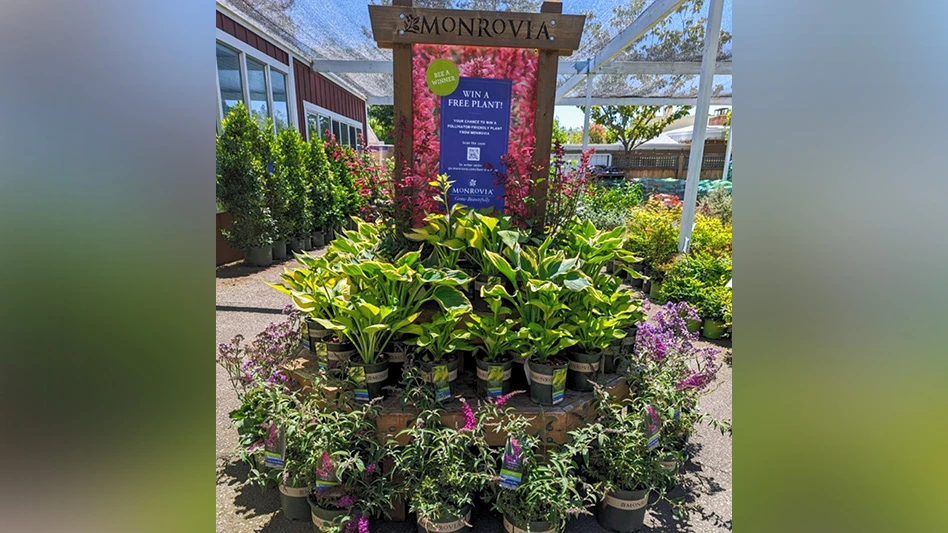 It's easy to understand why pentas are so highly regarded. Butterflies seem to be drawn magnetically to them; plants take the heat of the Southwest and Southeast; and showy blooms remain spring through autumn.
It's easy to understand why pentas are so highly regarded. Butterflies seem to be drawn magnetically to them; plants take the heat of the Southwest and Southeast; and showy blooms remain spring through autumn.
Depending on the variety, growth habit may be shrublike and upright to about 3 feet, or low and mounding. Plants that overwinter can become woody at the base. Older varieties are often sprawling, and tall stems will topple over. Newer varieties, however, are being bred to be more compact, making them ideal in urns and planters.
One variety, 'Nova,' is a Georgia Gold Medal winner for 1999.
Culture notes
In warm weather, P. lanceolata grows fast and stays in bloom constantly. Where winters are not too severe, pentas is a perennial. In other areas, treat it as an annual or container plant that can be overwintered in a greenhouse or other protected area.
Pentas likes well-worked, neutral, moderately fertile soil that retains moisture well. It tolerates some shade, but blooms better and is generally more robust in sun. Pentas requires average moisture -- regular watering when in growth and less at other times.
Propagation of non-protected varieties is easy by stem cuttings in spring or summer. Patented varieties are available as vegetative cuttings and seed from numerous suppliers. Plant one liner per 4- to 6-inch pot, three liners per 1-gallon container. Allow six to eight weeks from liner to a finished 4- to 6-inch container, seven to 10 weeks for a finished gallon.
Pinch at four weeks to encourage fullness. A plant growth regulator such as Cycocel may be used if necessary.
Provide moderate fertility -- 175-200 parts per million nitrogen constant liquid feed from a complete fertilizer.
Night temperatures should be about 65F, 80F during days. Temperatures below 50F inhibit flower development.
In areas where the plant will overwinter, cut it back after blooming ceases in late fall.
Pentas mixes well with any number of warm-weather annuals and ornamental grasses. Potential companion plants include buddleia, ixora and lantana.
Whiteflies, mealybugs and mites may be a problem on pentas. Use a labeled chemical control.
{sidebar id=28}
Specifics
Name: Pentas lanceolata
Common names: Star flower, Egyptian star-cluster.
Family: Rubiaceae.
Hardiness: Hardy in frost-free areas (USDA Hardiness Zones 8-11). Use as a warm-weather annual or houseplant with full-sun exposure in other zones.
Dimensions: 1-4 feet tall; 1 1/2-3 feet wide.
Description: Semi-tropical perennial shrub or border plant with prolific flower clusters and lush, dark-green foliage.
Uses: Border, mixed bed, container, greenhouse, indoors, edging. Great in the butterfly garden!
- Kevin Neal
Photo courtesy of Benary Seed
Latest from Garden Center
- USDA extends response deadline for 2024 Census of Horticultural Specialties
- The Espoma Company hires Maureen Wright as territory sales manager for south-central U.S.
- Blackmore Company creates plastic-free Plant-It-Friendly retail sleeve
- This Florida garden center's busiest days are in the fall, not spring. Find out how they do it
- Terra Nova Nurseries releases new agastache variety, 'Peach Pearl'
- The Certified Shopify Online Garden Center provides local retailers with ecommerce tool
- Meet the All-America Selections AAS winners for 2025
- Endless Summer hydrangeas and Suntory Senetti glam up Grammys red carpet





